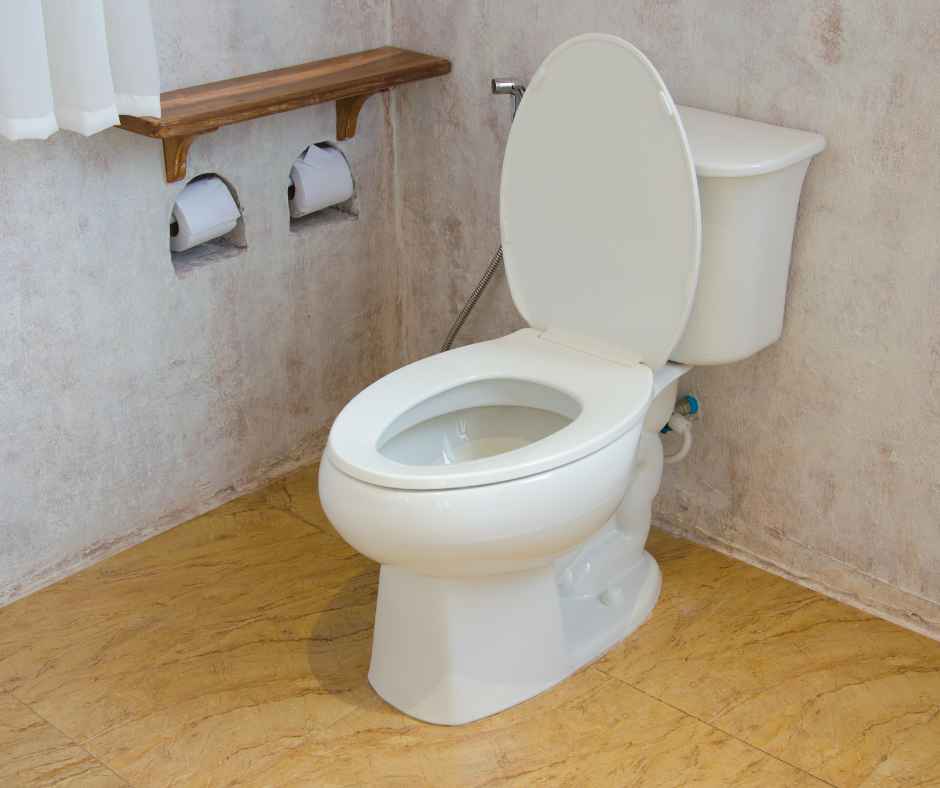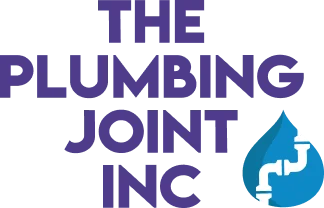the East Side & Beyond!
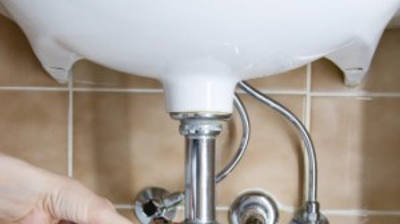
Helpful Plumbing Tips Seattle, WA
March 12, 2014
Helpful Plumbing Tips
Garbage Disposals
- It is best to use cold water – NOT hot water when you run your disposal. Let the cold water run as long as the motor is running, and be sure to avoid overloading the disposal.
- Corn husks, celery, onion skins, potato skins, rice, and other high-fiber material can clog your disposal; seafood shells can also destroy your disposal.
- Do not pour fats or cooking oils into your sink. Liquid fats can solidify in cold drainpipes, trap food particles, and clog the drains.
- Do not put coffee grounds down the drain.
- If your disposal is clogged, turn off the motor and the water. Reach under the sink and insert the service wrench that came with your disposal – or a 1/4 inch Allen wrench – into the hole on the bottom of the disposal. Turn it back and forth until it can turn freely in complete circles. Then use tongs to remove whatever caused the disposal to jam. Finally, press the red “reset” button on the bottom of your disposal in case the disposal needs to be reset.
- Food particles that remain in your disposal can cause odors. Put a combination of ice cubes and lemon peel in the disposal, run it for about thirty seconds, and then run cold water through the disposal.
Drains
Toilet Overflow
If you believe your toilet is about to overflow, quickly remove the tank lid, reach down and push the flush valve closed. It covers the tennis ball-sized opening at the bottom of the tank. That keeps the bowl from overflowing while you clear the obstruction.
Stopped Drains
Corrosive drain cleaners, such as those sold on supermarket shelves, frequently cause injury to plumbers or homeowners when they open up pipes or sink traps to do repairs. Non-corrosive drain cleaners are much better choices. Use drain-cleaners as a last resort, because they often don’t work, and if they don’t you will have to deal with a sink full of caustic liquid. Always use a plunger first, and if you have to call a plumber after using drain cleaner, be sure to let him know.
Plunging
The best plunger to use in a sink drain is one that has a neck on it.
Water Heaters
Their life can be extended by periodically draining a gallon or two of water once or twice a year from the drain valve at the bottom of the heater. This will allow sediment to clear.
It takes only 1/2 second to scald someone in 150F water, 1 second in 140F water and 4 minutes in 120F water, according to the Gas Appliance Manufacturers Association. Modern water heaters are factory set a 120F, but many older models deliver much higher temperature water. The Plumbing Joint Inc. technicians can inspect and adjust your temperature to ensure safety for your home and family.
Any water heater without a working temperature and pressure relief valve is a time bomb waiting to explode. Plumbing and heating technicians encounter too many of these bombs. The Plumbing Joint Inc. technicians can help identify these kinds of important issues.
Fixtures
When buying fixtures, be sure replacement parts will be readily available.
Extending the life of your faucets:
- Treat faucets gently. When turning the water on and off, use normal hand pressure only.
- Clean chrome fittings with a soft cloth moistened with vinegar, rubbing alcohol, or glass cleaner.
- For lacquered brass faucets, use mild detergent for un-lacquered brass faucets, brass cream will do the job nicely.
- If the brass lacquer coating on your faucets gets scratched, you can prevent tarnishing by coating the scratch with clear nail polish.
- Lemon rind works wonder with tarnished brass or copper.
- Older steel faucets and fittings can be scrubbed clean with mild scouring powder.
Recent News
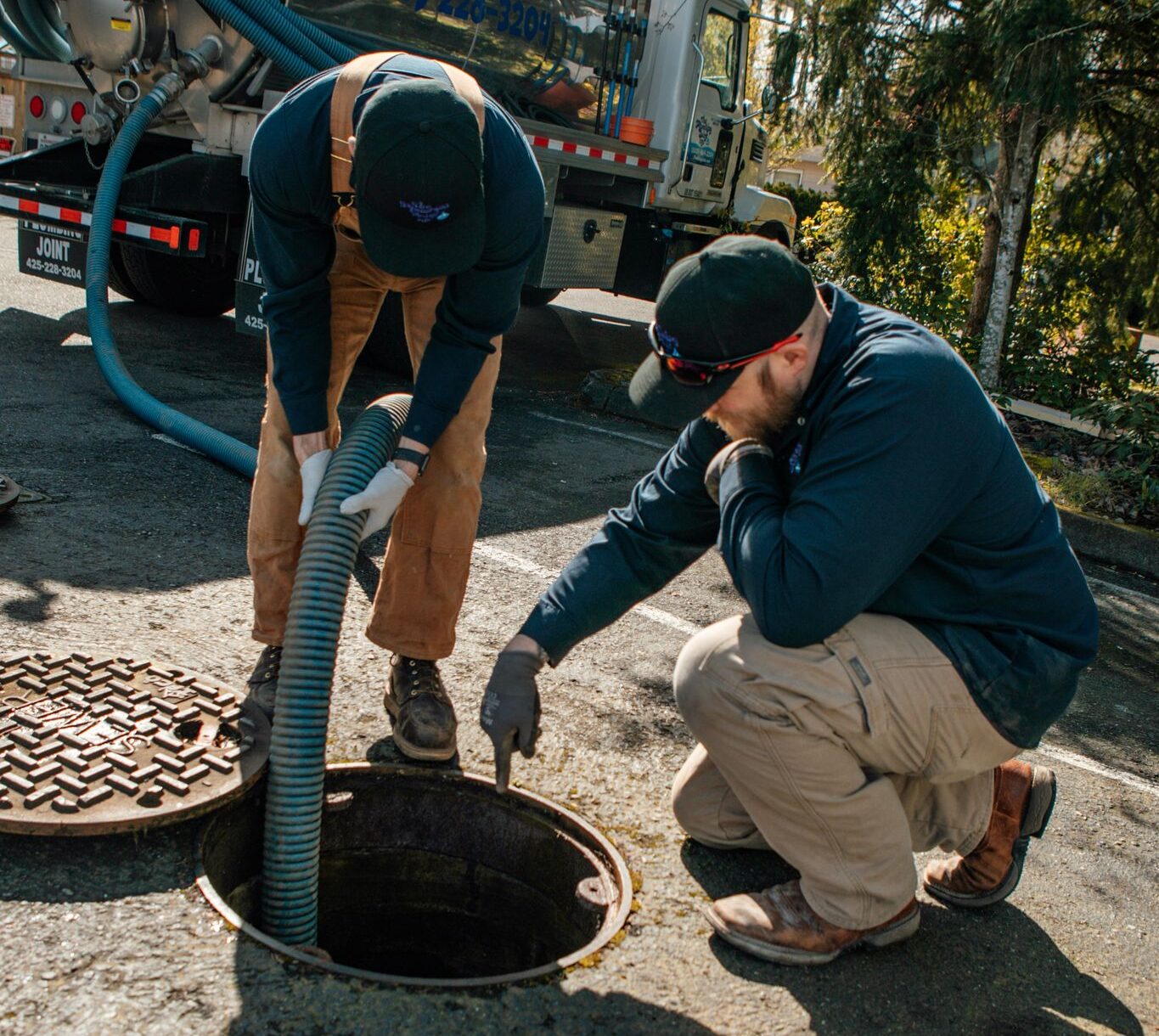
How To Spring Ahead of Plumbing Issues
March 11, 2025
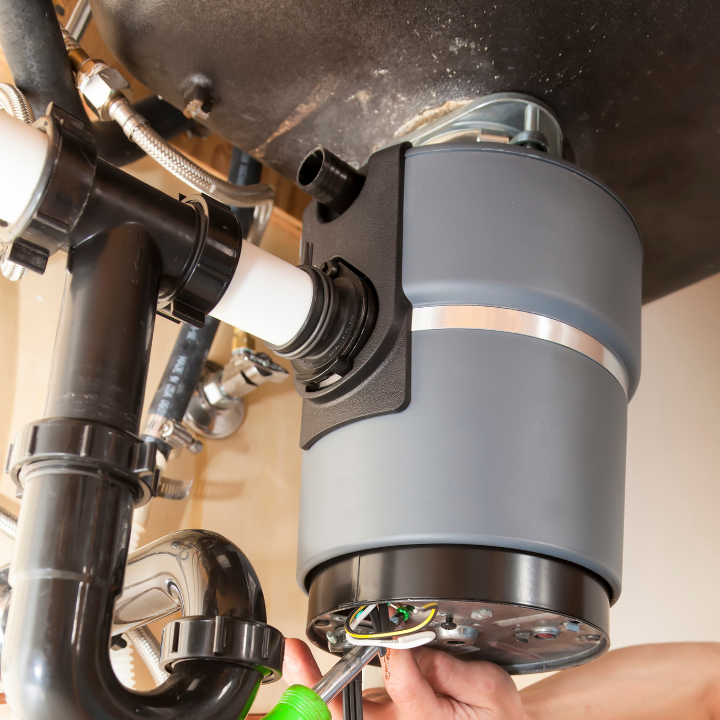
Help! My Garbage Disposal Is Humming But Not Working
February 7, 2025
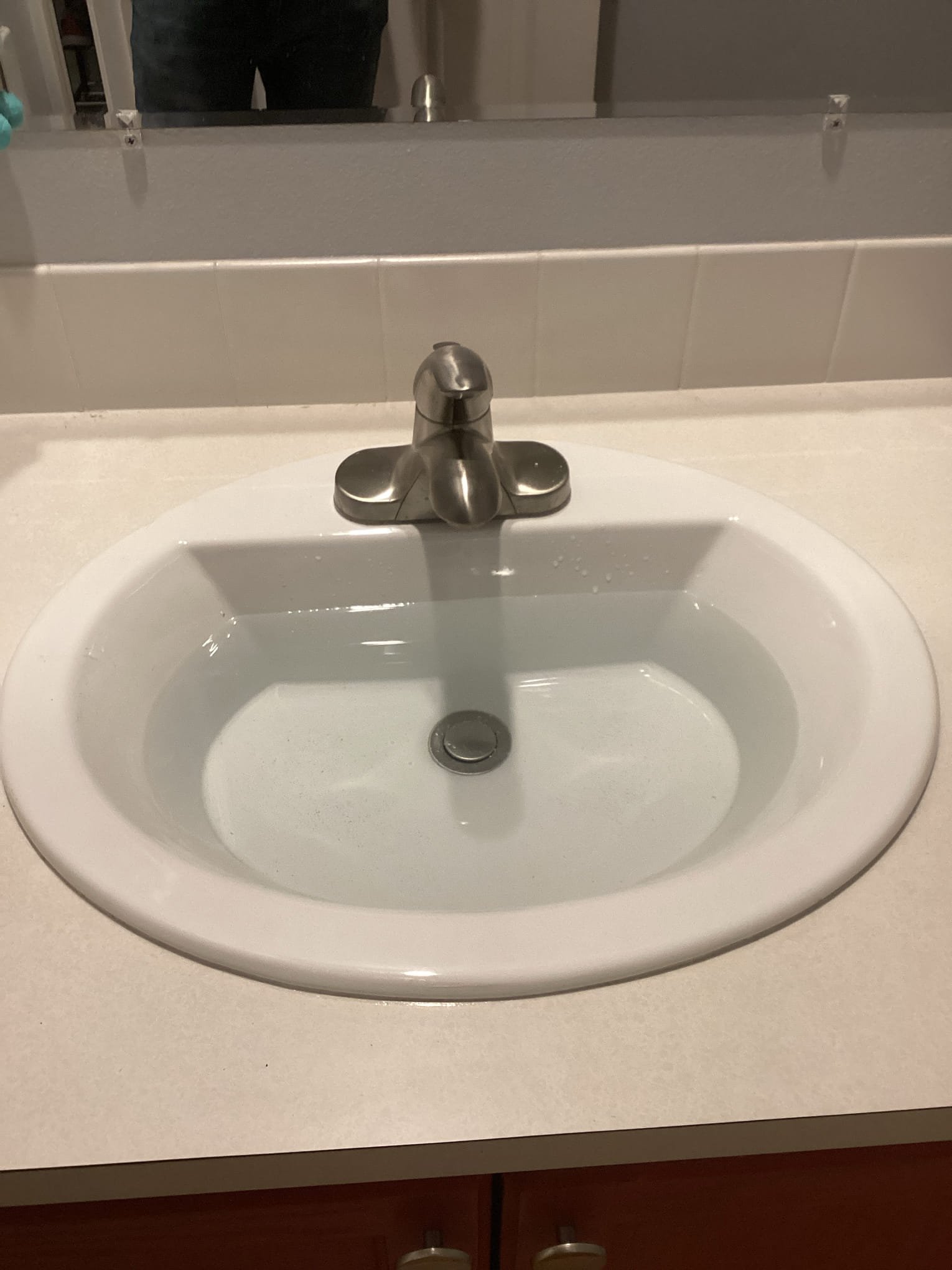
Why Does My Sink Gurgle?
January 10, 2025
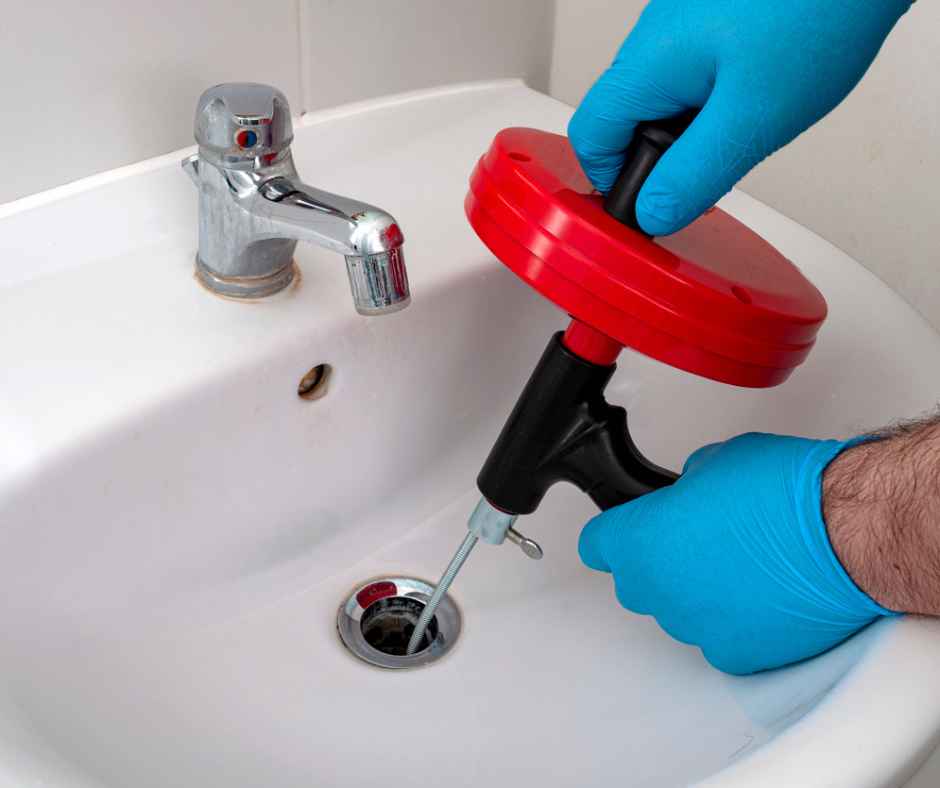
How to Use a Plumbing Snake
December 13, 2024
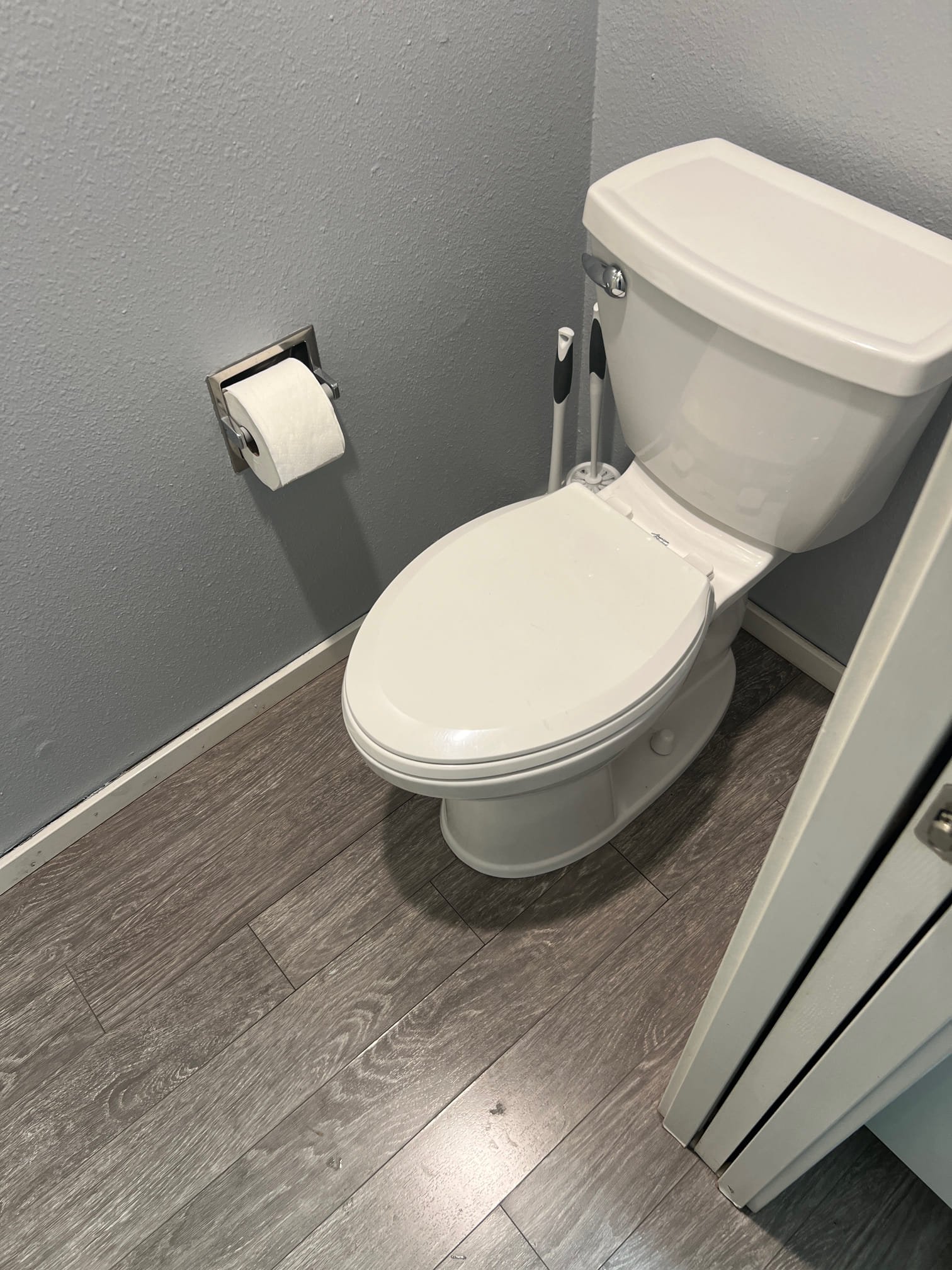
Toilet Sounds And What They Mean
November 7, 2024
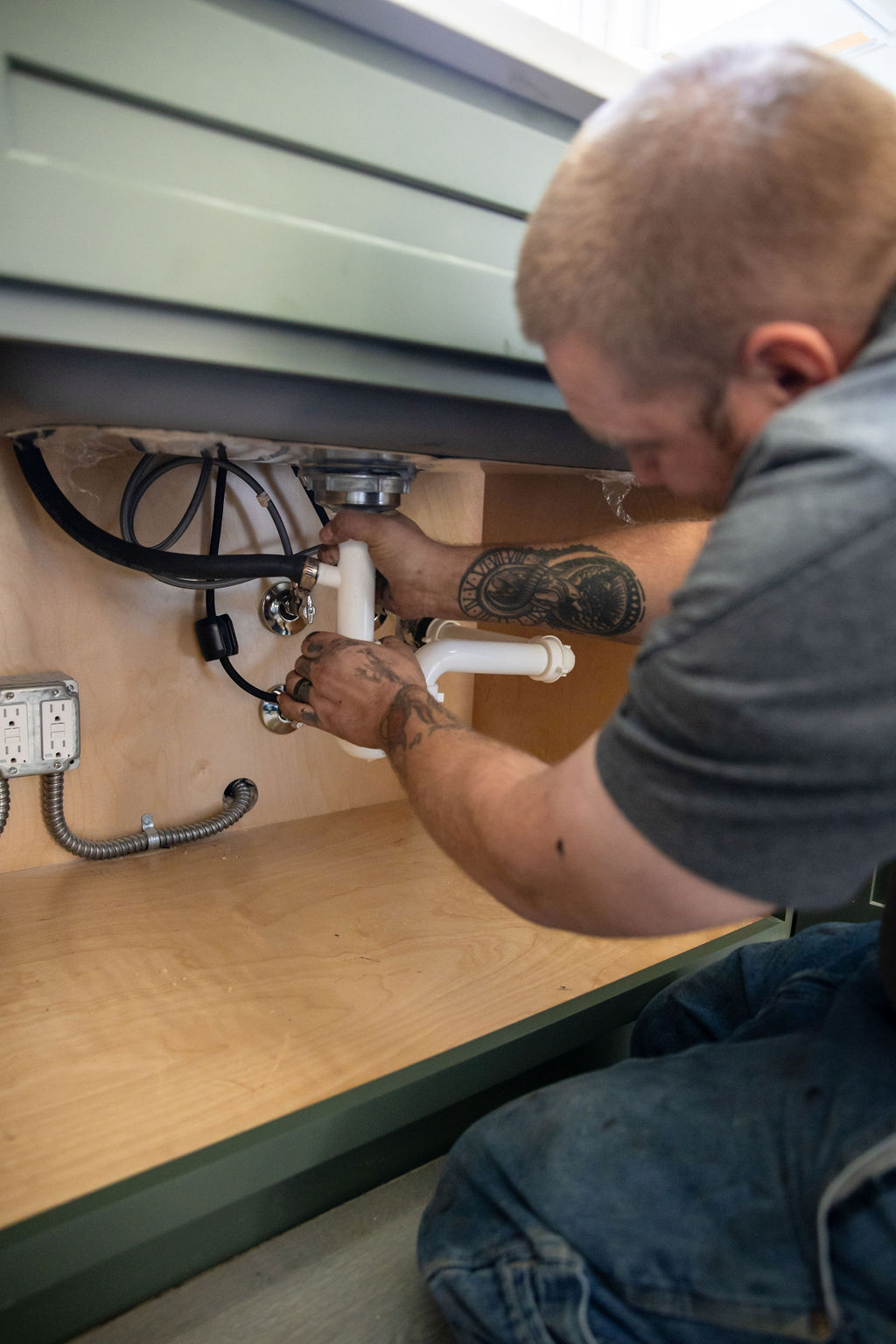
I Have Knocking Pipes When Water Is Not Running – Why?
October 10, 2024
